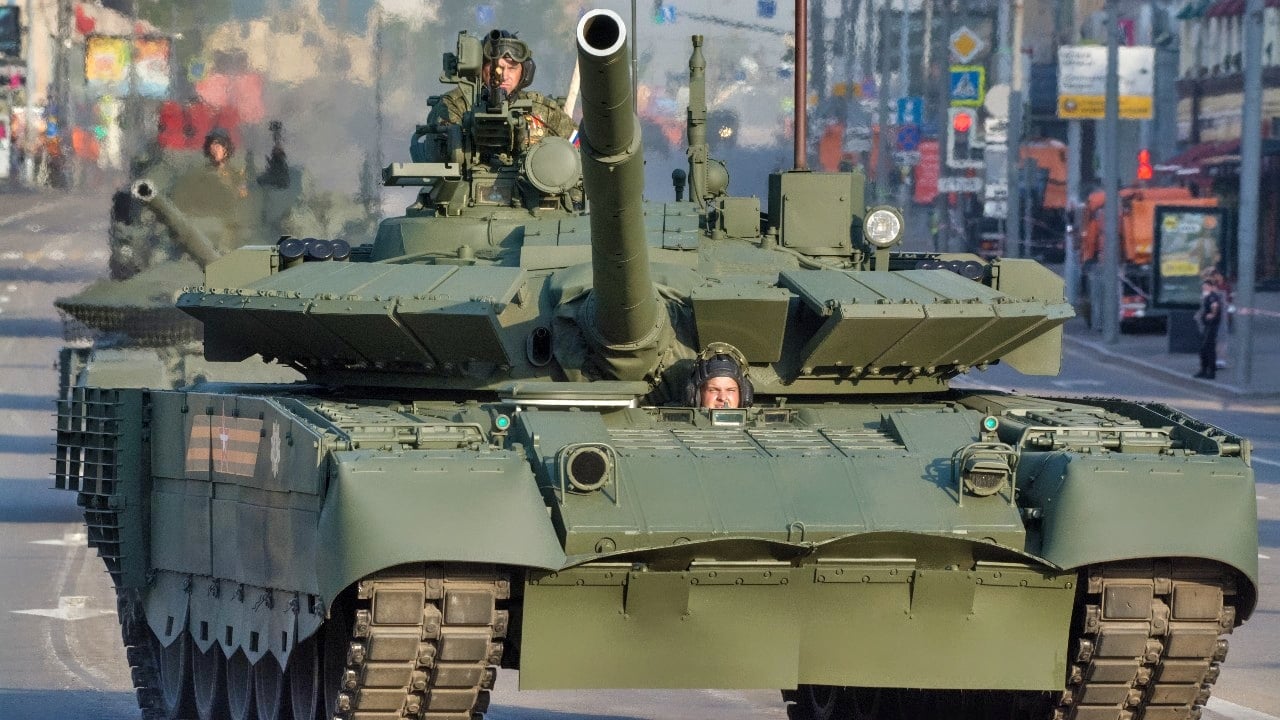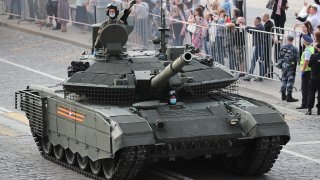Ukraine's Kursk Offensive: Strategic Masterstroke or Risky Gamble?
Ukraine's August incursion into Russia's Kursk region was a surprise move, occupying 1,200 square kilometers and taking hundreds of Russian soldiers prisoner. While the operation's significance is still unfolding, its implications are complex.
Summary and What You Need to Know: Ukraine's August incursion into Russia's Kursk region was a surprise move, occupying 1,200 square kilometers and taking hundreds of Russian soldiers prisoner. While the operation's significance is still unfolding, its implications are complex. Militarily, it may have preempted a Russian offensive, forcing Moscow to divert resources. Politically, it marked the first occupation of Russian sovereign territory by a foreign nation since World War II, testing Putin's threats of nuclear retaliation. The incursion underscores the fluid nature of large-scale war, where outcomes depend on subsequent actions, making it neither a clear triumph nor a failure.
What to Make of Ukraine’s Kursk Incursion?
Ukraine’s August incursion into Russia’s Kursk region came as a surprise. In less than a month, approximately 15,000 Ukrainian troops occupied some 1,200 square kilometers of Russian sovereign territory, established control over 90 towns, and took hundreds of Russian soldiers prisoner.
What to make of the Kursk operation? Is it a triumph or a tragedy in the making?
It is neither.
Like chess, war is not played one move at a time. In a long, large-scale industrial war, no single operation, offensive, or weapons system is likely to be decisive or fateful, an abysmal failure or a resounding success. Kursk delivers benefits and imposes costs on both belligerents. Whether the former outweighs the latter for Ukraine depends on Kyiv’s next moves, as well as on factors beyond Kyiv’s direct control.
The way Kursk will play out will be determined by what happens next on other parts of the front; by Russia’s ability to mount a counteroffensive, and its costs; by Ukraine’s agility in the Kursk theater while it is still dynamic; and by the decisions of Ukraine’s Western partners on whether to reinforce the fight Ukraine brought to the Russian homeland, or to demure.
Finally, there is a lot we still don’t know about the operation, the reasons behind it, and the follow-on plays Kyiv is considering.
While the full significance of the Kursk incursion is being played out, some military and political implications suggest themselves.
Militarily, the Kursk operation might have pre-empted a Russian offensive into the Ukrainian Sumy region, as Ukrainian President Volodymyr Zelensky recently claimed. Or it might have been an opportunistic move that took advantage of a shift of Russian troops from that stretch of border to the Russian operations north of Kharkiv. In any case, the Kursk operation threw an unexpected wrench into Russia’s planning – though perhaps not as much as the Ukrainians hoped – forcing Moscow to mitigate this new threat and hastily marshal resources for a counteroffensive.
Operationally, Ukraine demonstrated the value of a battlefield surprise and showed the ability of its armed forces and military planners to think independently and creatively and to maintain tight operational security. It also stretched Ukrainian defense lines and resources at a time when manpower and materiel were badly needed to reinforce the defense of the Donbas region, especially near Chasiv Yar, Pokrovsk, and Toretsk, where Russians have been making costly but steady gains.
Politically, this was a bold move. While the land held by Ukraine in Kursk – roughly the size of half of Luxembourg – is but a tiny sliver of Russia’s vast expanse, this is also the first time Russian sovereign territory has been occupied by a foreign nation since World War II. Unlike in World War II, however, Russia today is a nuclear power, and its president, Vladimir Putin, has pledged to defend Russia’s territorial integrity with all available weapons systems, which would include nuclear arms.
While Western leaders fret over risks of nuclear escalation, Ukraine has repeatedly called Russia’s nuclear saber-rattling bluff. Ukrainian drones have reached deep into Russian territory, hitting such sensitive targets as the Russian strategic bomber base in Engels, as well as vessels and the headquarters of the Black Sea Fleet. Now Ukrainian troops have breached the international border with Russia and set up a commandant’s office to administer part of Russian territory.

Russians might not like it, but they are not about to deliver on their nuclear threats, because as we suspected all along, the political utility of nuclear weapons far outweighs the battlefield utility of nuclear use.
Feat or folly, the Kursk incursion should help us think about escalation and the nuclear threshold in a more nuanced way.
About the Author
Mariana Budjeryn is the author of Inheriting the Bomb: The Collapse of the USSR and the Nuclear Disarmament of Ukraine (Johns Hopkins Press, 2023).
Image Credit: Creative Commons and/or Shutterstock.


